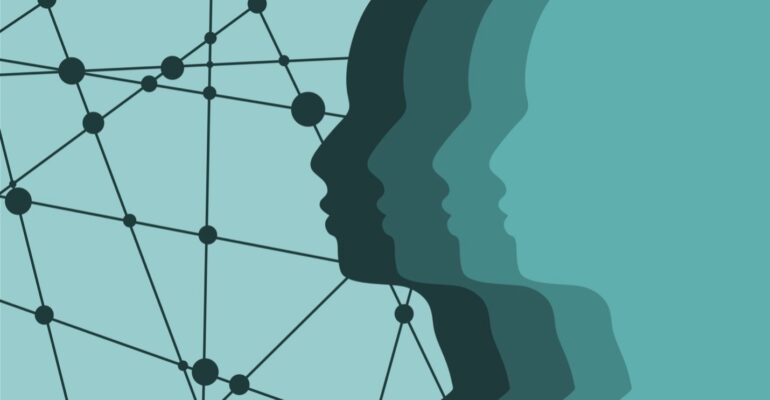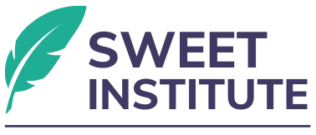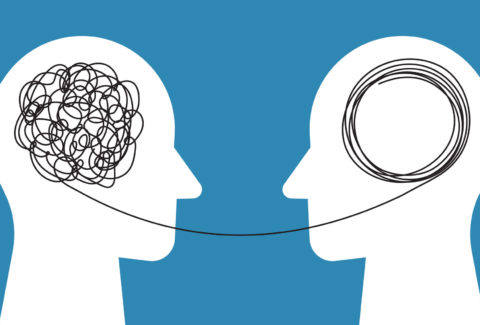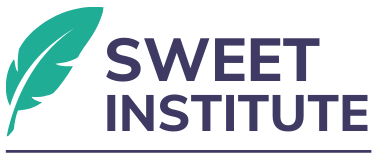The Map Is Not the Territory: What NLP Can Teach Clinicians About Change

The Map Is Not the Territory: What NLP Can Teach Clinicians About Change
We do not respond to the world itself, but to our internal map of the world. – Alfred Korzybski
As clinicians, we know that change begins not with the facts of a person’s life, but with how those facts are interpreted. A person might say, “I failed,” while another in the same situation might say, “I learned.” Both describe reality—but through vastly different maps. This is the heart of Neuro-Linguistic Programming (NLP)[1]: the recognition that our inner representations shape our emotions, behaviors, and potential.
NLP, developed in the 1970s by Richard Bandler and John Grinder, is a model of communication and change rooted in the idea that our subjective experience—how we perceive, process, and store information—determines how we function.[2] It borrows from cognitive psychology, hypnosis, linguistics, and systems theory, but is unique in its focus on modeling excellence and shifting internal states through precise techniques.
In the first week of our NLP for Clinicians series, we will introduce this concept with a deceptively simple but powerful truth: The map is not the territory.[3] NLP challenges us to explore how our clients (and we ourselves) filter reality through beliefs, values, language, and sensory patterns. These filters create internal maps—shortcuts that can help us survive, but sometimes keep us stuck.
From External Events to Internal Experience
Consider the NLP Communication Model[4]:
- External Event – Something happens
- Internal Processing – We filter that event through our sensory systems, beliefs, and prior experiences
- Internal Representation – We create a “map” of that event
- Emotional State – That internal representation shapes how we feel
- Behavior – And that emotional state drives our actions
This framework offers a precise way to work with clients’ presenting problems. Instead of focusing only on what happened, we become curious about how it was processed. What meaning did the client assign to the event? What language do they use to describe it? What belief is implied underneath?
A Clinical Reframe
Take the example of a clinician working with a teen labeled as “defiant.” The clinician feels stuck and frustrated. But when applying NLP, they pause and ask: “What map is this teen using?” They begin to see the defiance as self-protection. The shift in the clinician’s own map opens up empathy, and the dynamic between them changes.
That’s NLP in action—not magic, but a deepening of awareness that leads to new choices.[5]
Clinician Reflection
This week, we invite you to explore your own assumptions. When a client resists, do we label or explore? When someone disengages, do we push or pause? NLP reminds us: Curiosity is more powerful than certainty.
So, as you move through the week, try this simple practice:
When something doesn’t go as planned—with a client, a colleague, or yourself—ask:
“What map am I using right now?”
And then:
“What else might be true?”
This small act of reflection can shift your entire clinical presence.
Next Week: Rapport is Everything – How NLP Helps Us Speak the Client’s Language
We’ll explore how to use matching, mirroring, and sensory language to build authentic, immediate connection—even with resistant clients.
Call to Action:
Want to learn how to shift internal maps and unlock real change? Join us for the NLP for Clinicians series. The first session is on Monday, May 12, from 1–2 PM.
Discover how to decode the way people perceive reality—and how you can use that insight to transform clinical conversations.
Reserve your spot today and start seeing beneath the surface.
[1] Heap, Michael. “Neuro-linguistic programming.” Hypnosis: Current clinical, experimental and forensic practices (1988): 268-280.
[2] Bandler, Richard, John Grinder, and Steve Andreas. “Neuro-linguistic programming™ and the transformation of meaning.” Utah: Real People (1982).
[3] Best, Brett, and Paul Michaels. “Knowing the territory.” Newsli 96 (2016): 20-24.
[4] Sandua, David. Decoding Neuro-Linguistic Programming: Tools For More Effective Communication. David Sandua, 2024.
[5] Kerna, N. A., et al. “Neurolinguistic Programming in Practice: More Empirical than Magical.” EC Psychology and Psychiatry 10 (2021): 93-104.






